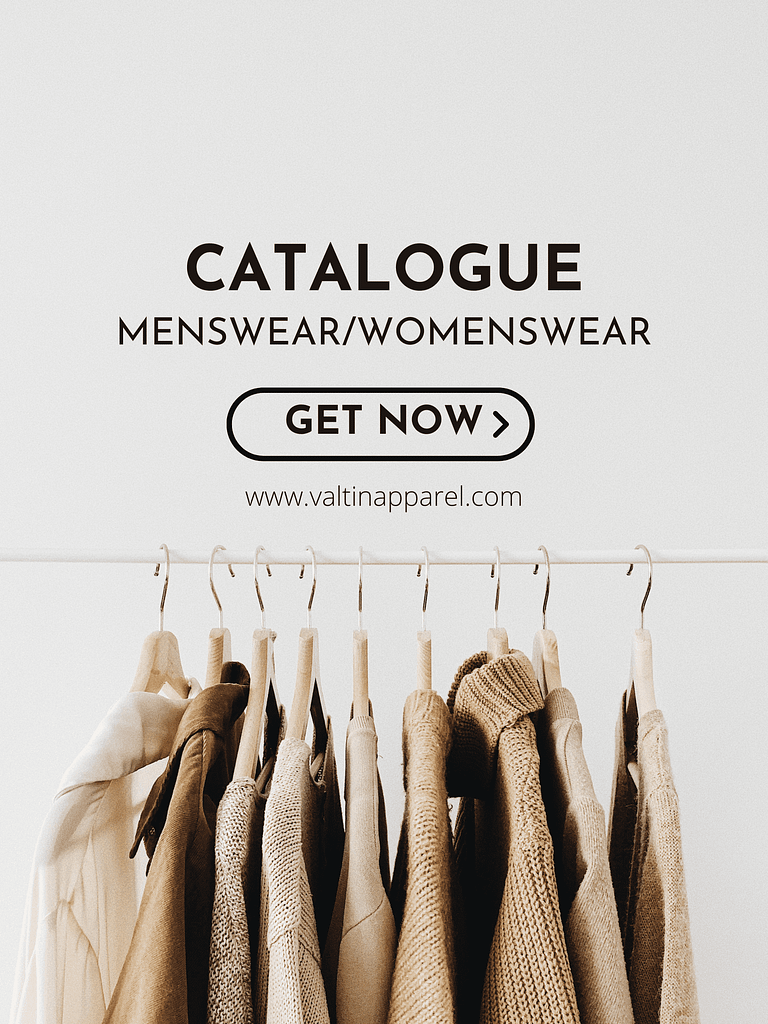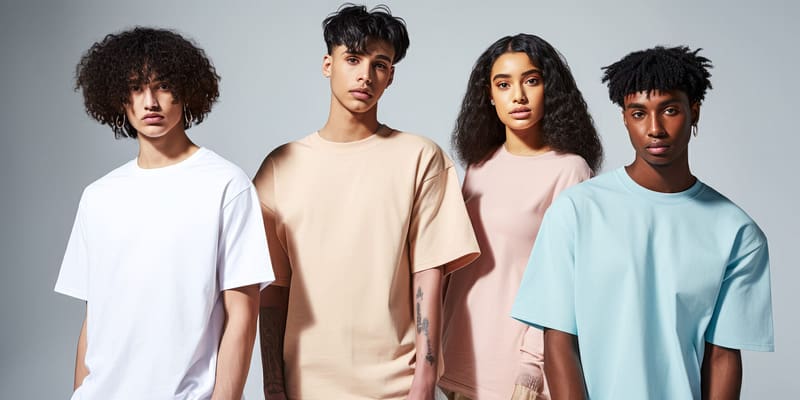
Ethically Made in P.R.C
Custom T-shirt Manufacturer
At Valtin Apparel, we specialize in bringing your unique t-shirt designs to life. As a leading custom t-shirt manufacturer, we provide comprehensive services that cater to both budding apparel brands and established businesses. Our commitment to quality, fast sample making, and low minimum order quantities (MOQ) make us the ideal partner for all your custom t-shirt needs.
Looking to Launch An T-shirt Line?
T-sgirts are fashion staples, embraced by both street-wear and high fashion brands. At Valtin Apparel, we create T-shirts tailored to your design specifications. Enjoy complete flexibility with our wide range of fabric, color, and fit options to bring your vision to life.
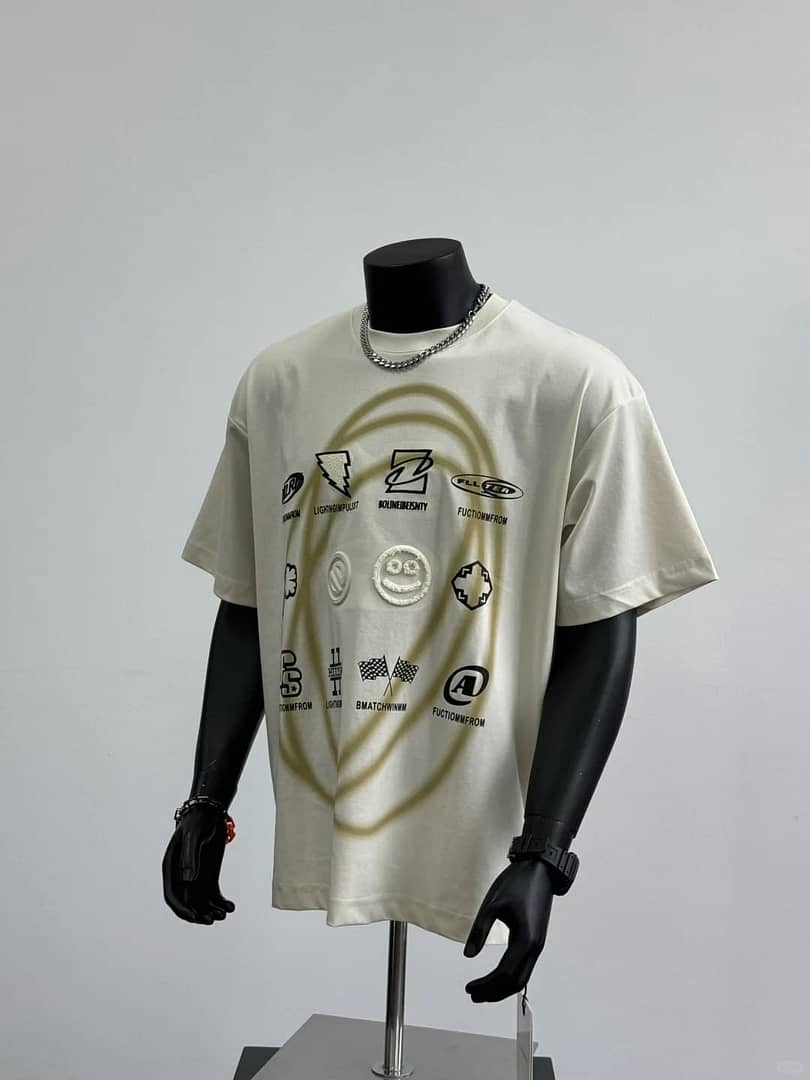
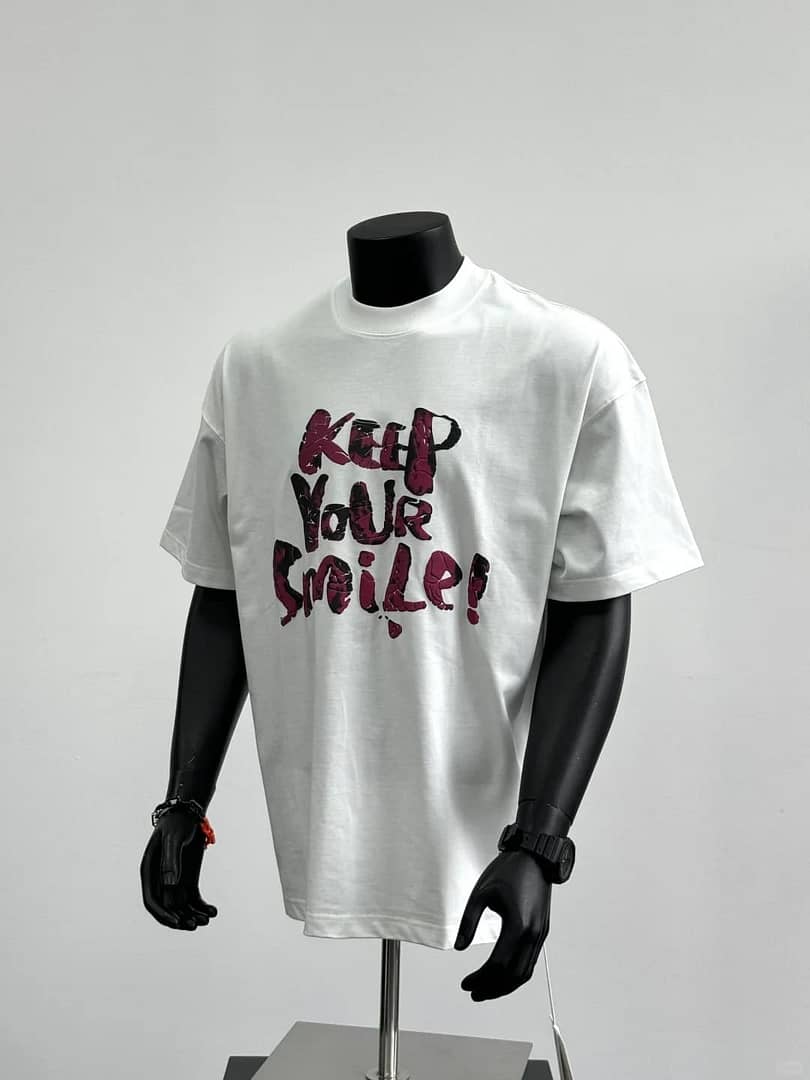
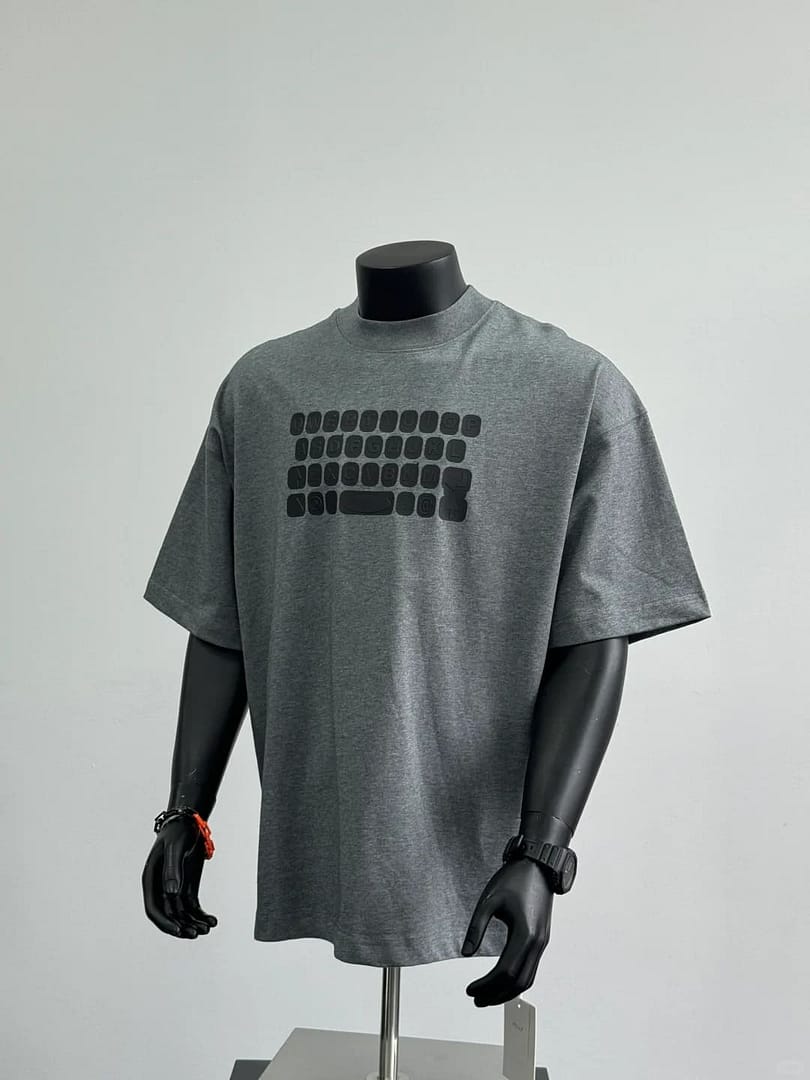
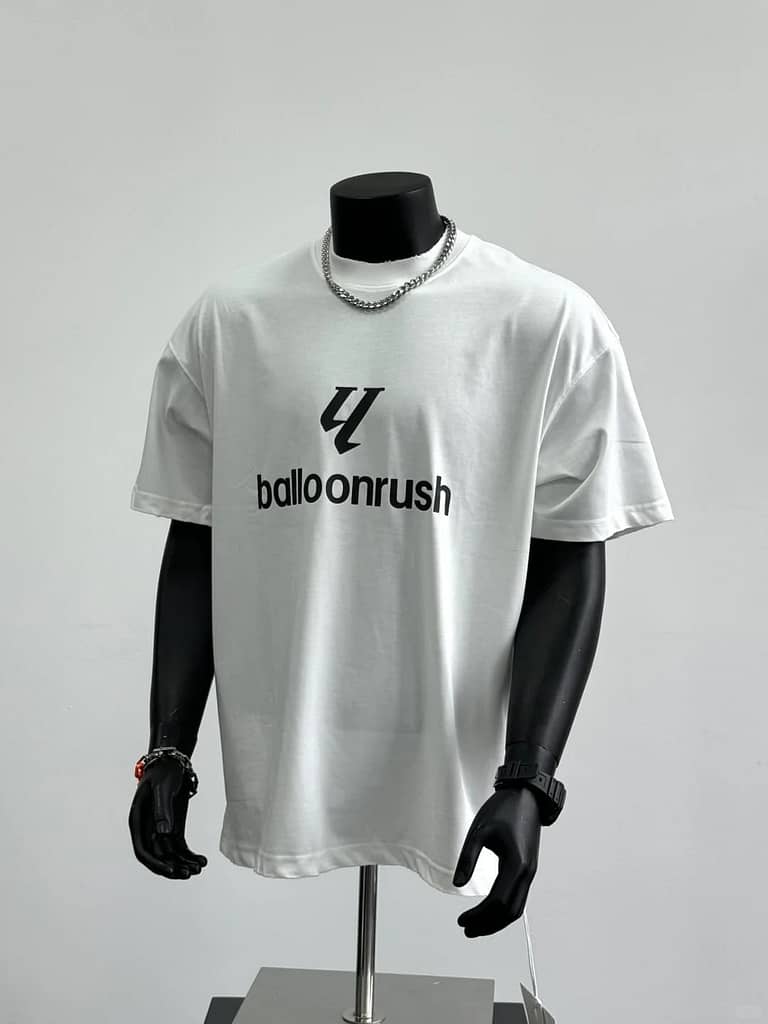
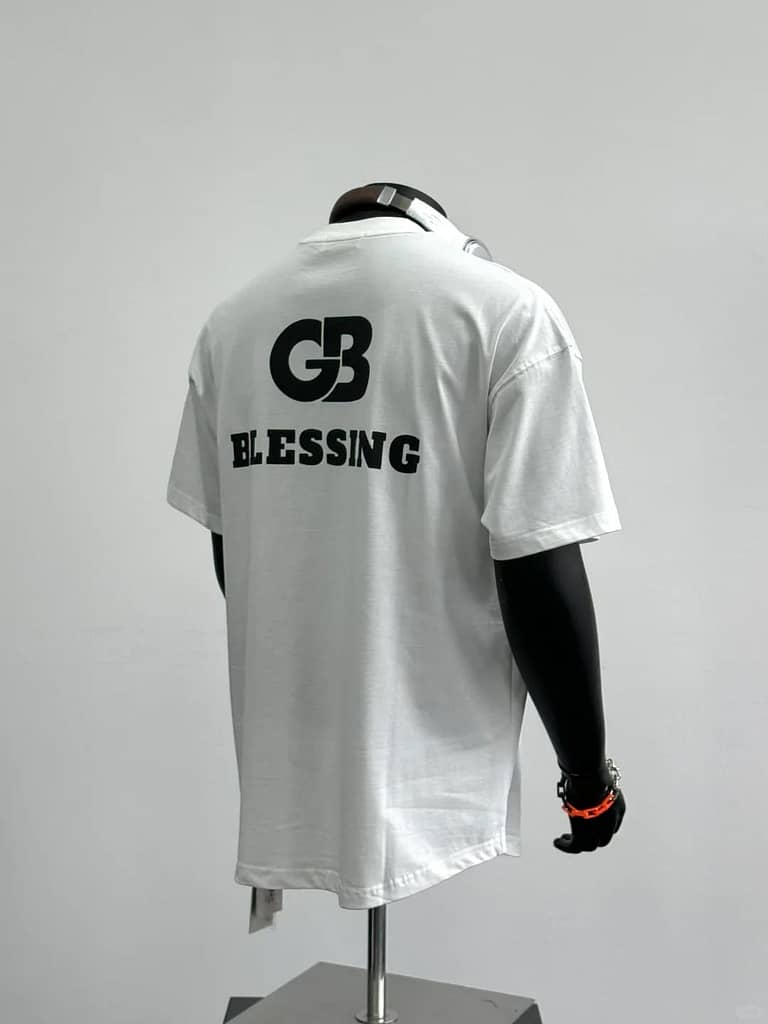
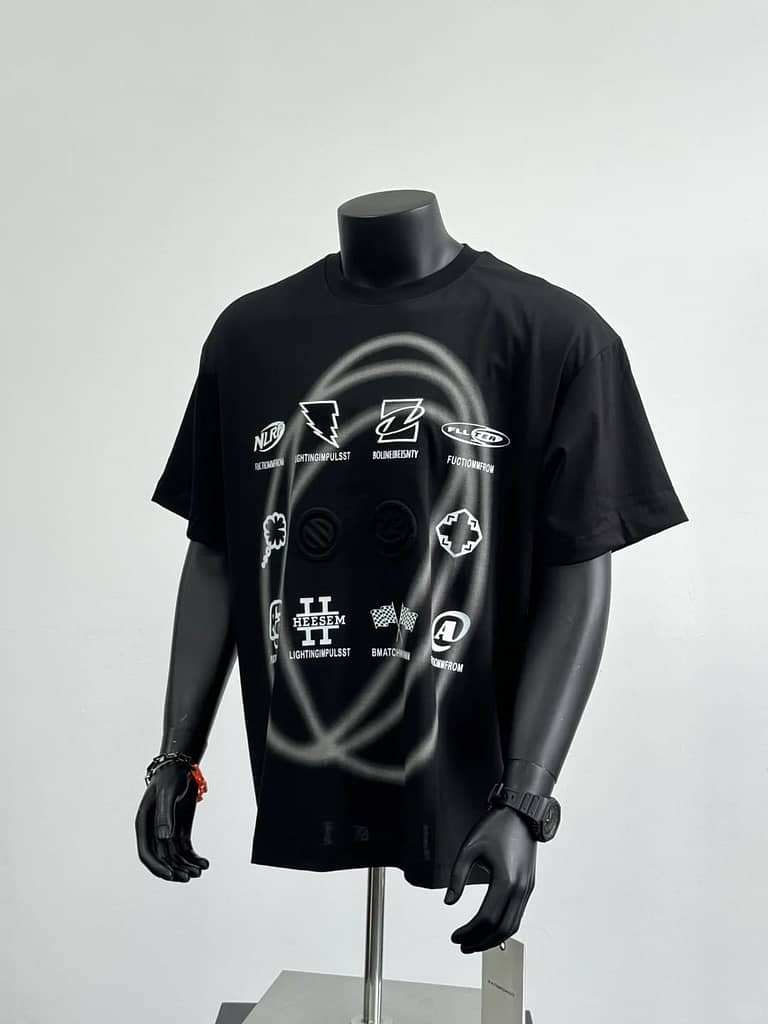
Why Choose Valtin Apparel?
At Valtin Apparel, we are dedicated to providing you with high-quality custom T-shirt that meet your exact specifications. We control every aspect of our production process, from design to shipping, ensuring you can rely on our expertise and commitment to excellence in every piece we create.
Fast Sample Making
Our sample delivery time is just 7-15 days, ensuring you can swiftly bring your T-shirt designs to life.
Low Order Quantity
Valtin Apparel offers high-quality, reasonably priced customization options on MOQ as low as 100 pieces.
Competitive Price
We can work out the most cost-effective solution for your budget and needs.
Customization Options
Our range of garment finishing processes includes digital printing, heat transfer printing, embroidery, foam printing, and more.
Quality T-shirt Materials
Our diverse fabric selection—Cotton, Polyester, Viscose and Rayon —is chosen for exceptional qualities ensuring durability, comfort, and style.
Customer Service
All your inquiries and questions will be dealt with promptly and professionally.
Valtin Apparel's Manufacturing Process
Let’s start the journey towards success and enhance revenue for your business. Take your company to the next level.
Sample Making
Your first product, handcrafted. Our skilled sampling team will cut and sew your sample for fit testing, design verification, and internal evaluation before send to you for review.
On-time Delivery
Reliable shipping, wherever you are. We coordinate the packaging, documentation, and logistics to ensure your order is shipped on time, whether by sea, air, or express courier.
T-shirt Customization 4 Major Processes
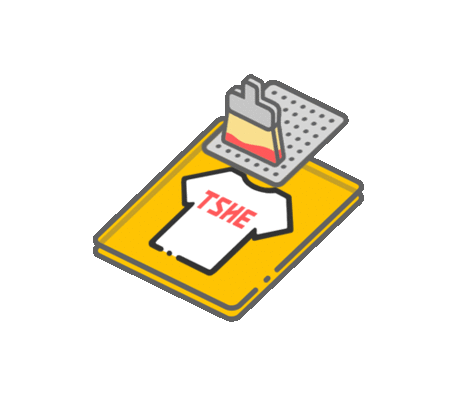
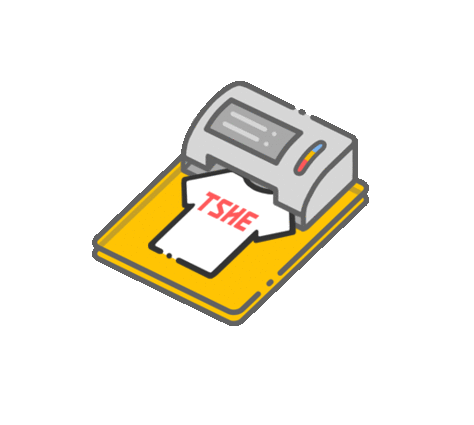
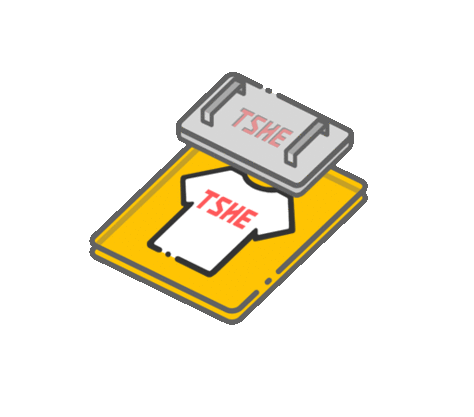
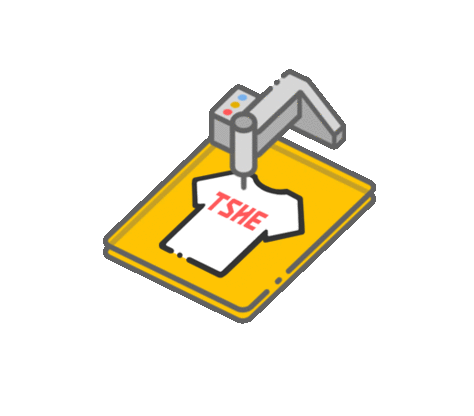
You can work with your designer to understand the process, which will help to combine the process to make a more distinctive design.
You can also provide your existing patterns to our professional customization consultants to recommend the best process for you.
Fabric Options For T-shirt Manufacturing
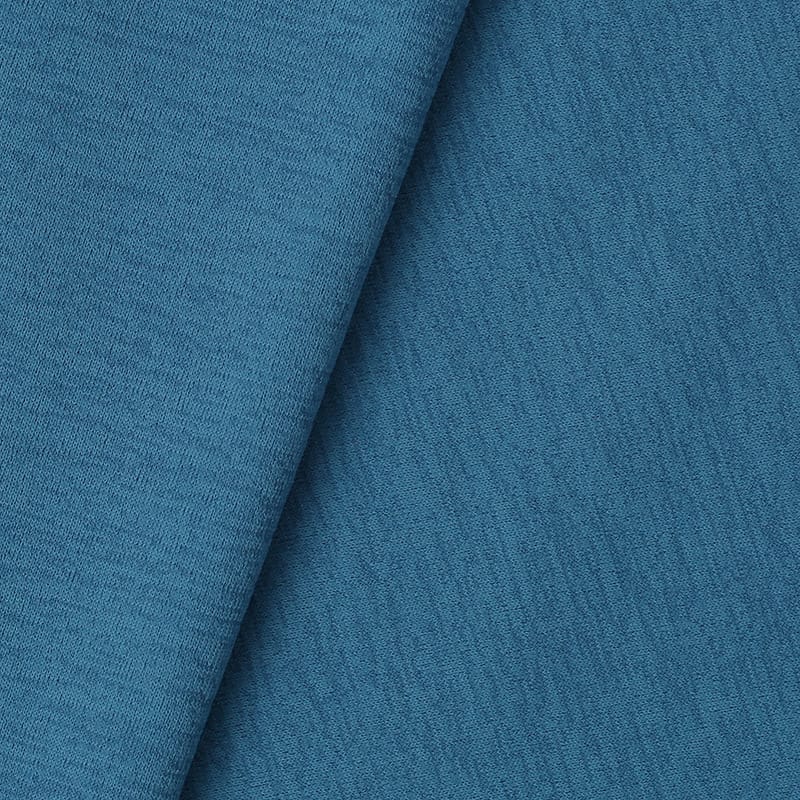
Polyester Fabric
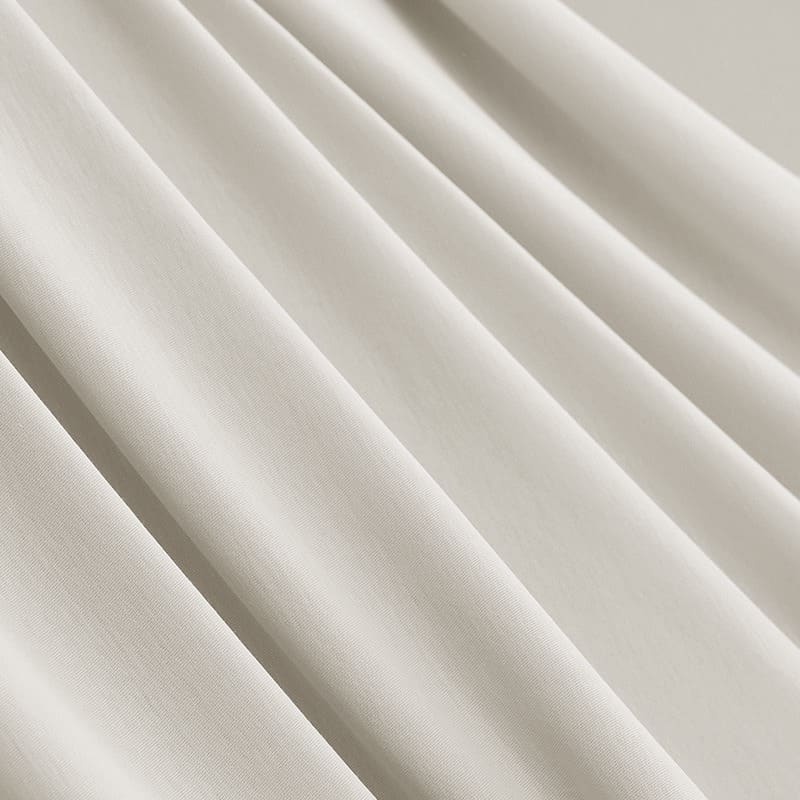
Cotton Fabric
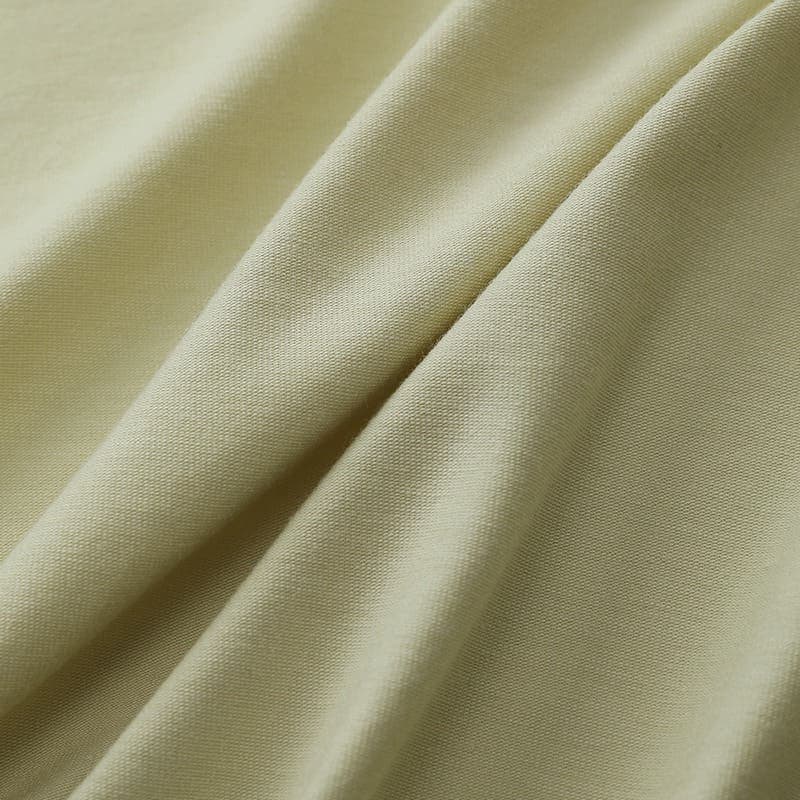
Modal Fabric

Lyocell Fabric
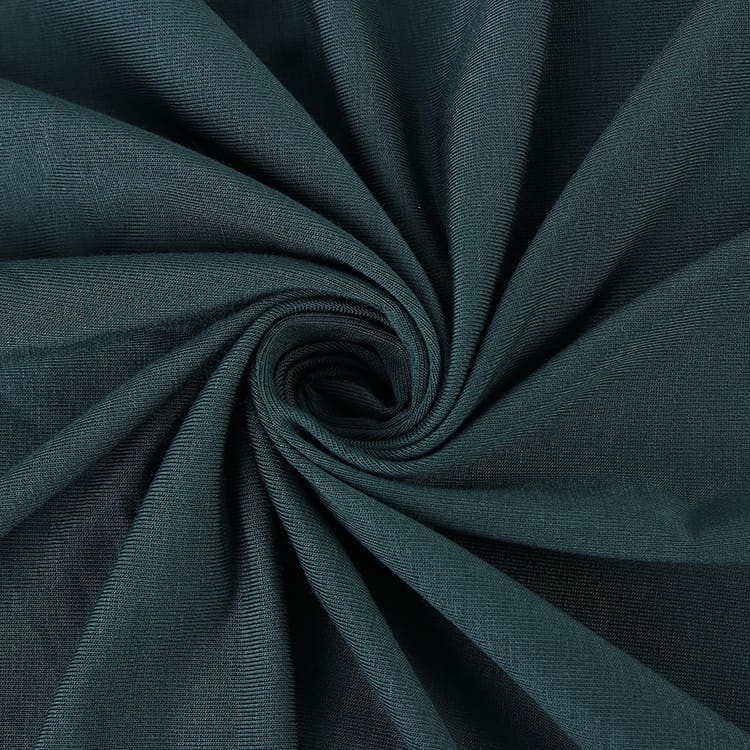
Bamboo Fabric
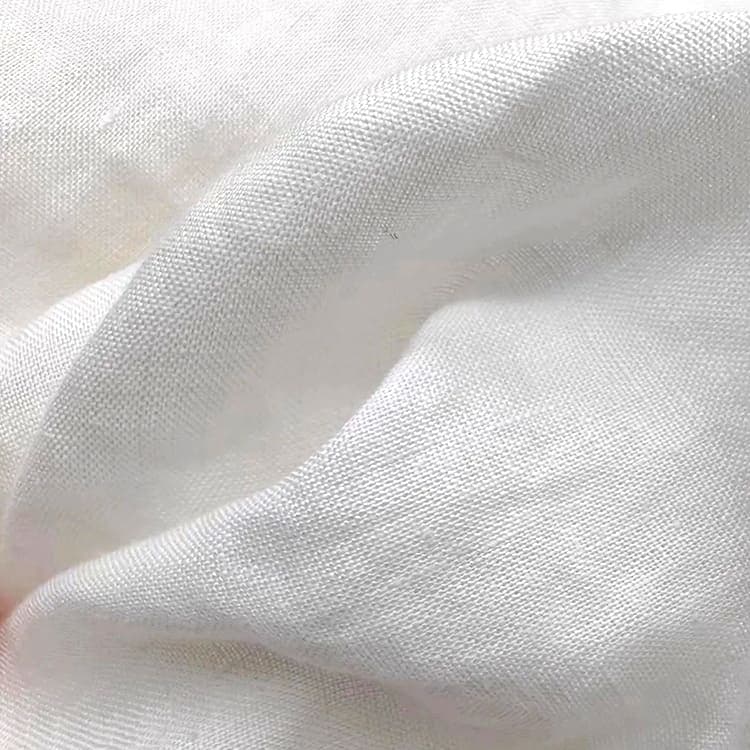
Linen Fabric
Didn’t find the fabric options you want? Dont hesitate to contact us.
T-shirt Decoration Options
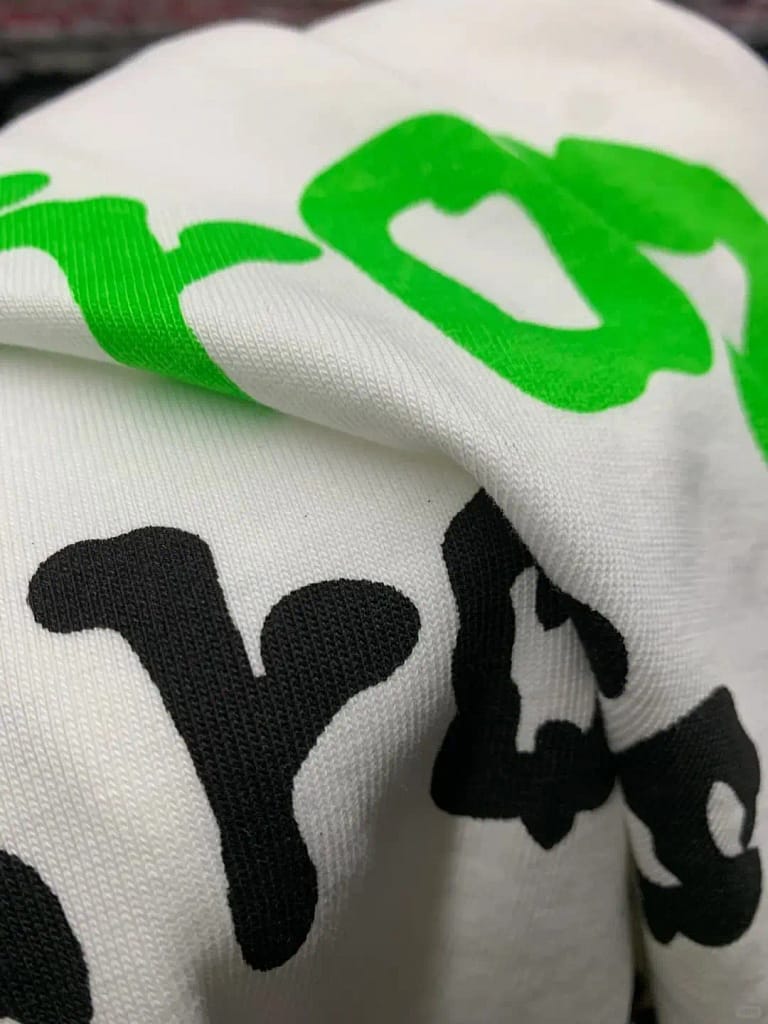
Screen Printing
Screen printing originated in China and has a development history of two thousand years. The principle of the process is that the ink is funneled through the mesh of the printing plate onto the fabric. The advantage is low cost and suitable for mass production; the disadvantage is that it takes a long time to make the mold, and once the mold is made, the pattern cannot be modified.
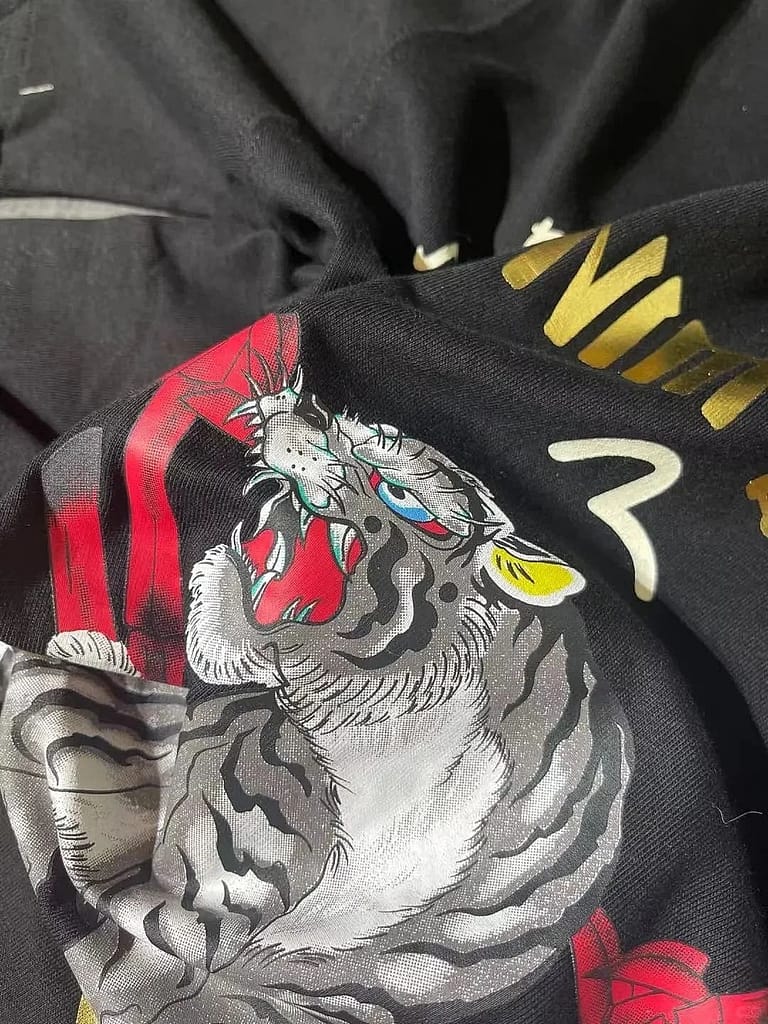
Plastisol Printing
Plastisol printing is a popular textile printing method that uses plastisol ink, made from PVC particles in a plasticizing emulsion, applied through a screen stencil onto fabric and cured with heat. Known for its durability, vibrant colors, and versatility on various fabrics, plastisol printing is widely used in the apparel industry, especially for t-shirts and hoodies. However, the prints can feel heavy or rubbery and may reduce the fabric’s breathability.
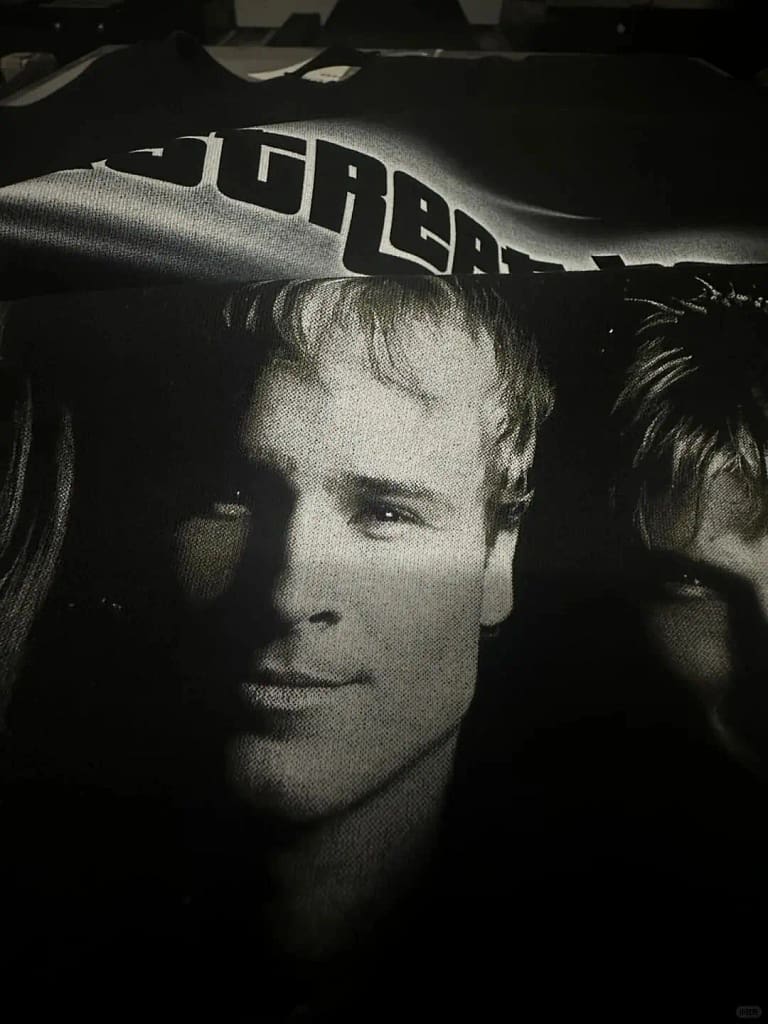
Digital Printing
Digital printing is a modern textile printing technique that uses specialized inkjet printers to apply designs directly onto fabric, allowing for high-resolution images with intricate details and vibrant colors. This method is fast, flexible, and ideal for short runs and custom orders. While it offers eco-friendly benefits and customization options, it can be more expensive for large production runs and requires compatible inks and fabrics for optimal durability.
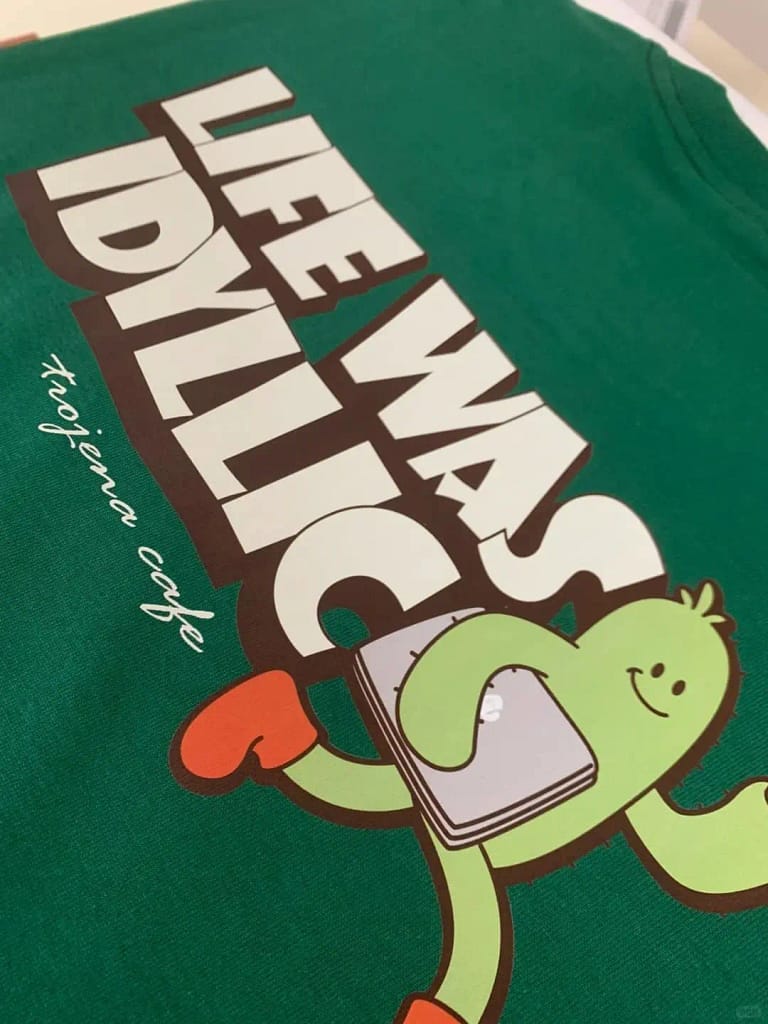
Heat Transfer Printing
Heat transfer printing is a versatile method that uses heat and pressure to transfer designs from special transfer paper or vinyl onto fabric or other materials. This process allows for high-quality, detailed, and vibrant prints, making it ideal for custom apparel, accessories, and home decor items. It is cost-effective for small runs and offers great customization. However, the prints may not be as durable as screen prints and can alter the feel of the fabric, and the method is unsuitable for heat-sensitive materials.
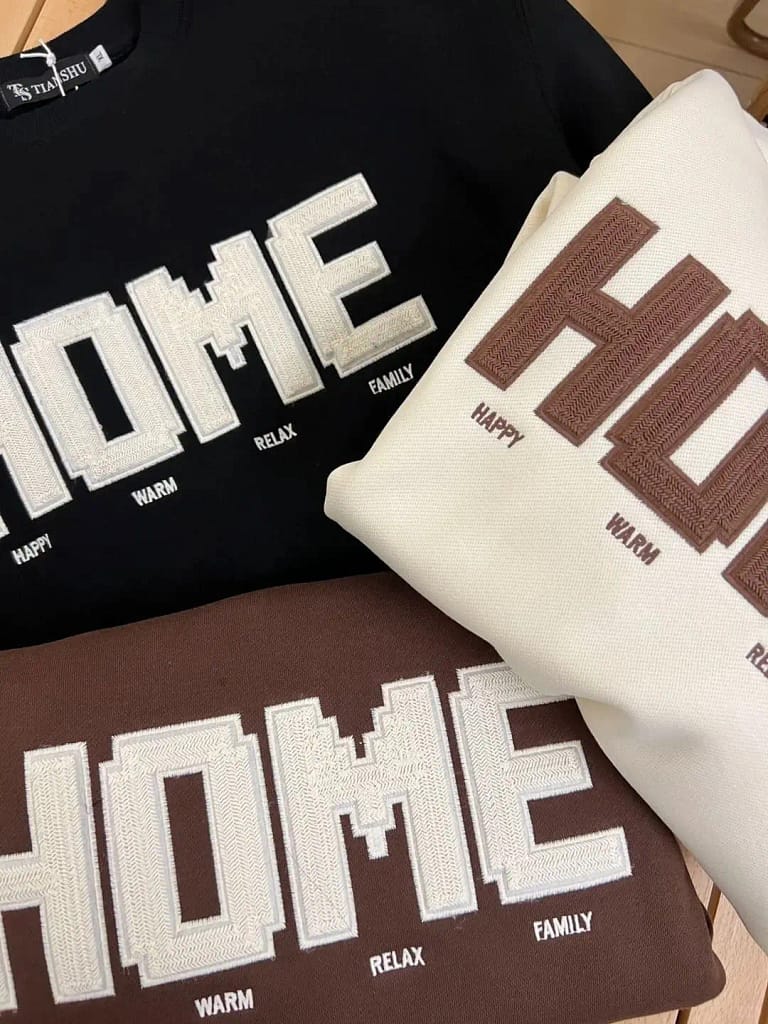
Embroidery
Embroidery on hoodies involves stitching intricate designs, logos, or text onto the fabric using specialized embroidery machines. Embroidery offers a durable, professional, and customizable finish, though it is generally more expensive and time-consuming compared to other printing methods. It is ideal for thicker fabrics like cotton and polyester.
Your All-in-One Pajama Manufacturing Partner
Flexible Order Quantities
From small custom batches to large wholesale orders, we provide the flexibility your business needs.
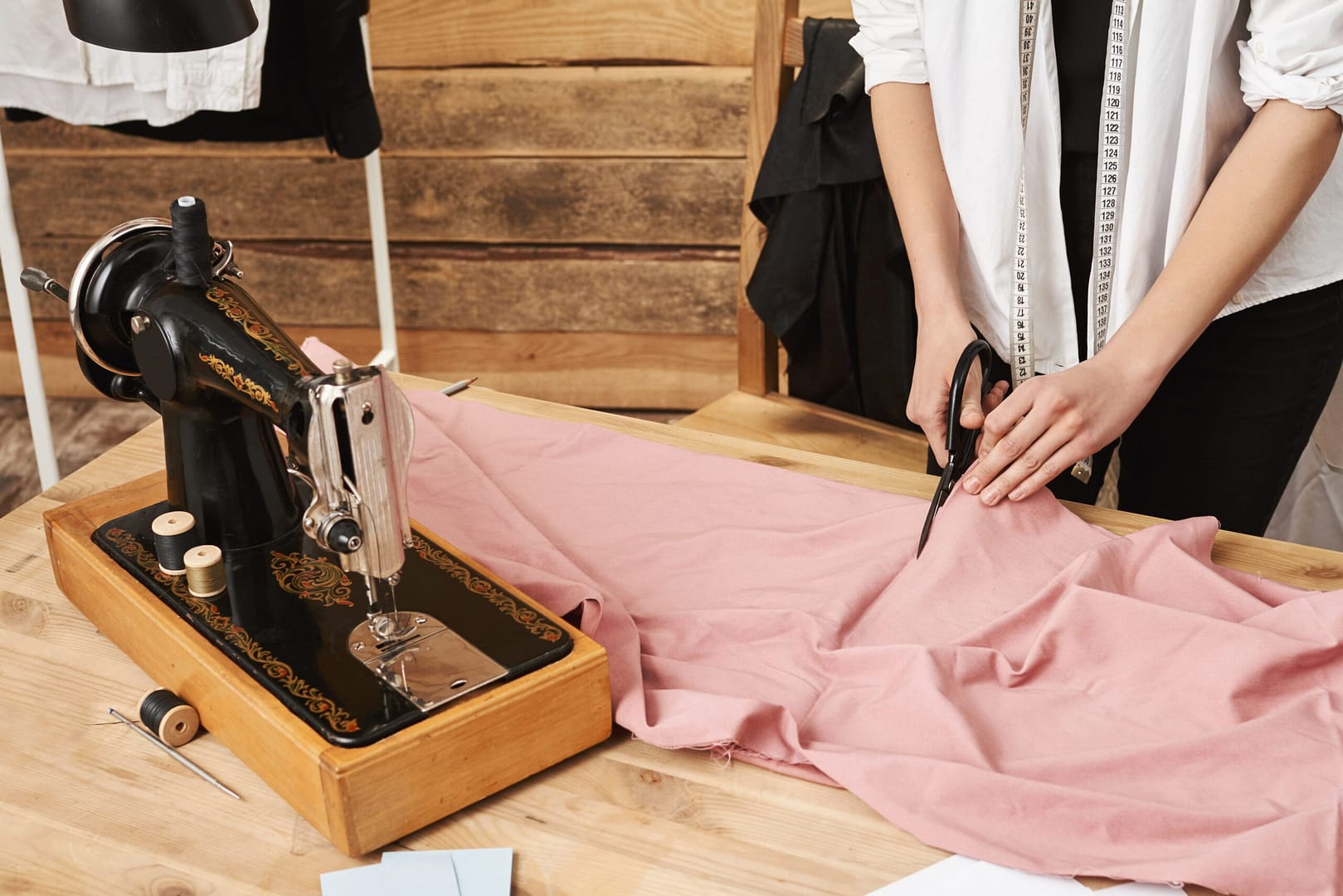
Fit-Perfect Sampling
Our expert pattern makers and sample makers ensure your final product matches your vision and fits like a dream.
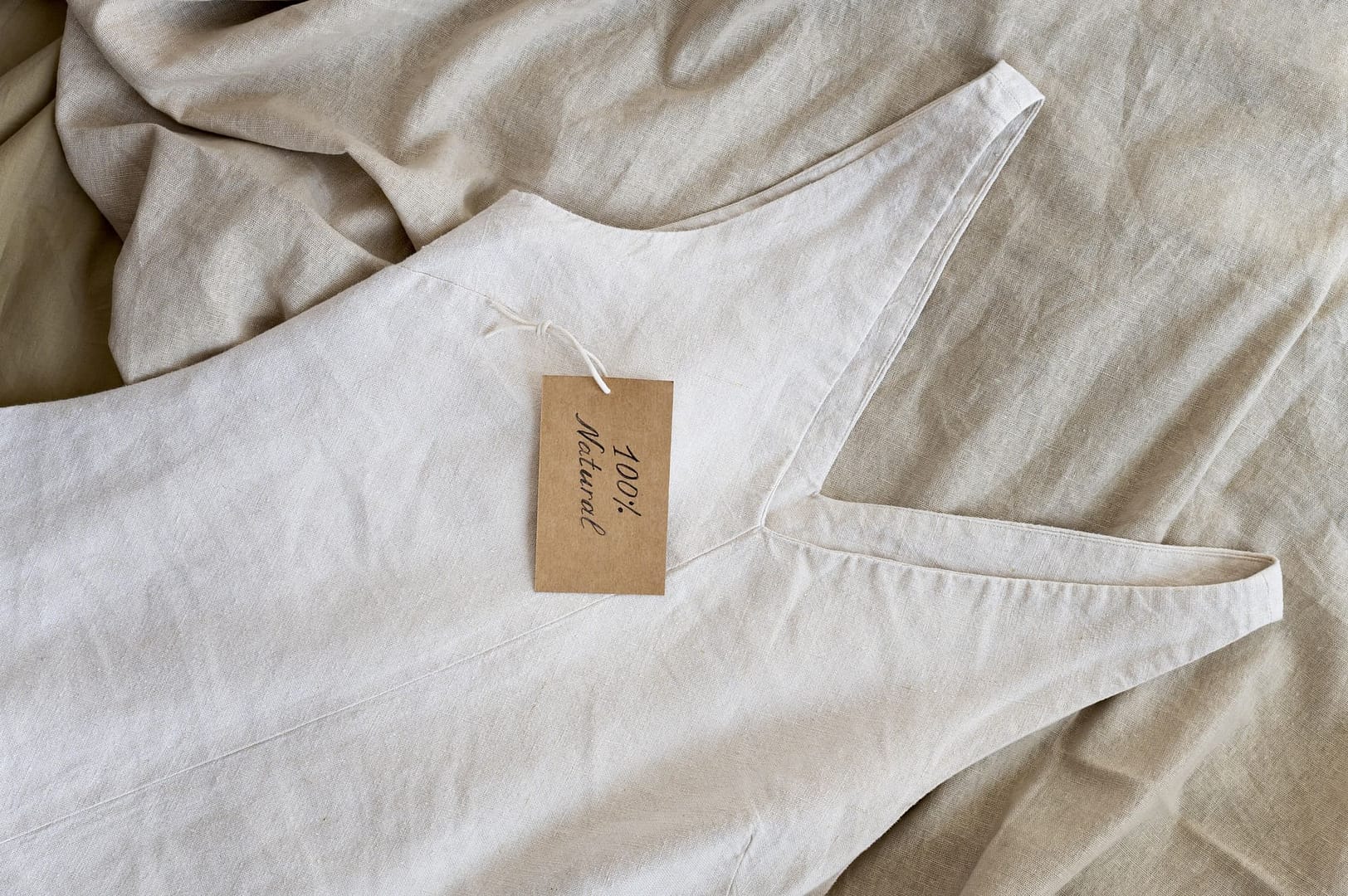
Private Labeling Solutions
Boost your brand with our reliable private labeling services, offering a range of label options to match your style, including logos, colors, and unique tags.
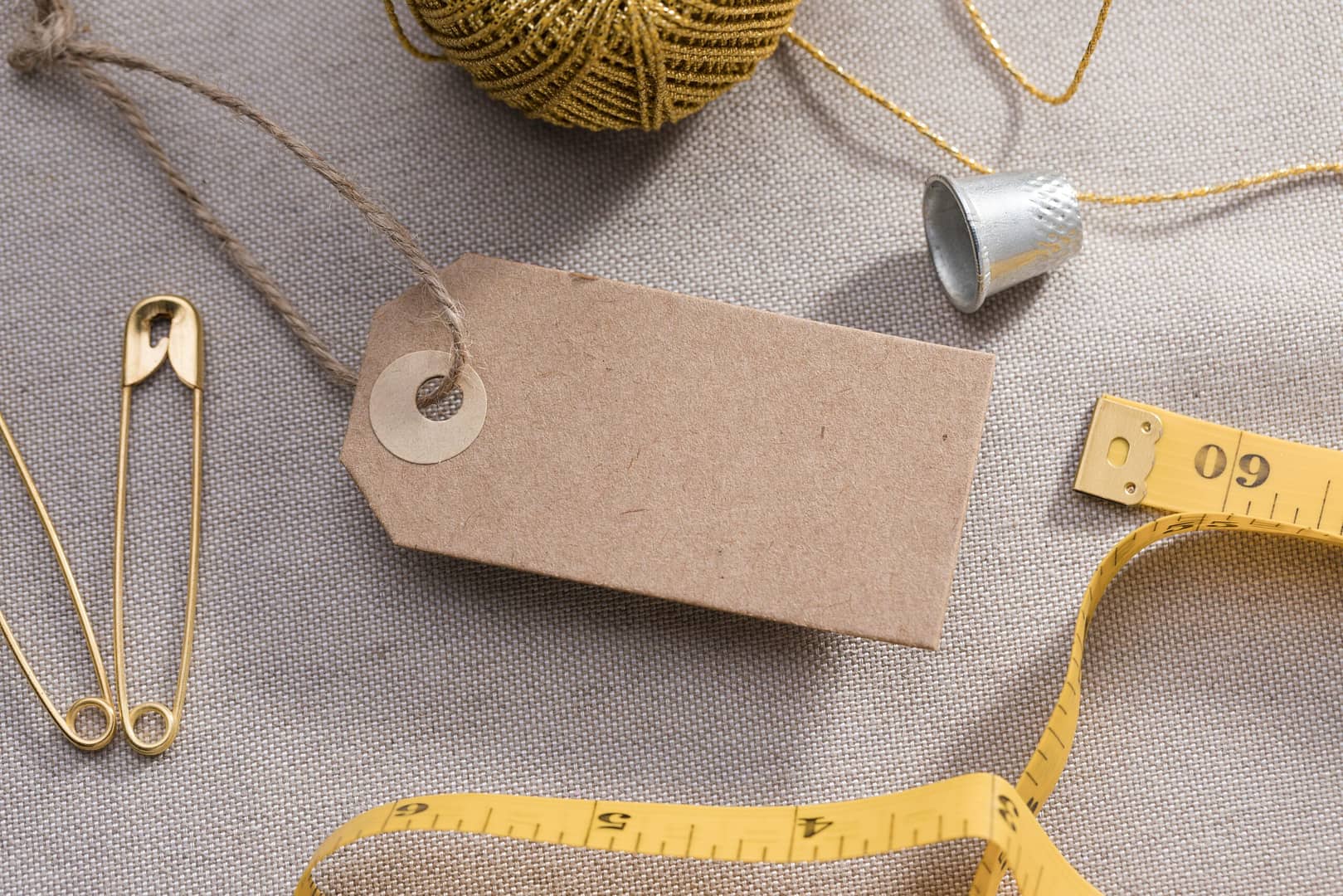
Global Shipping & Logistics
Seamless worldwide delivery with flexible shipping options tailored to your timeline and budget.
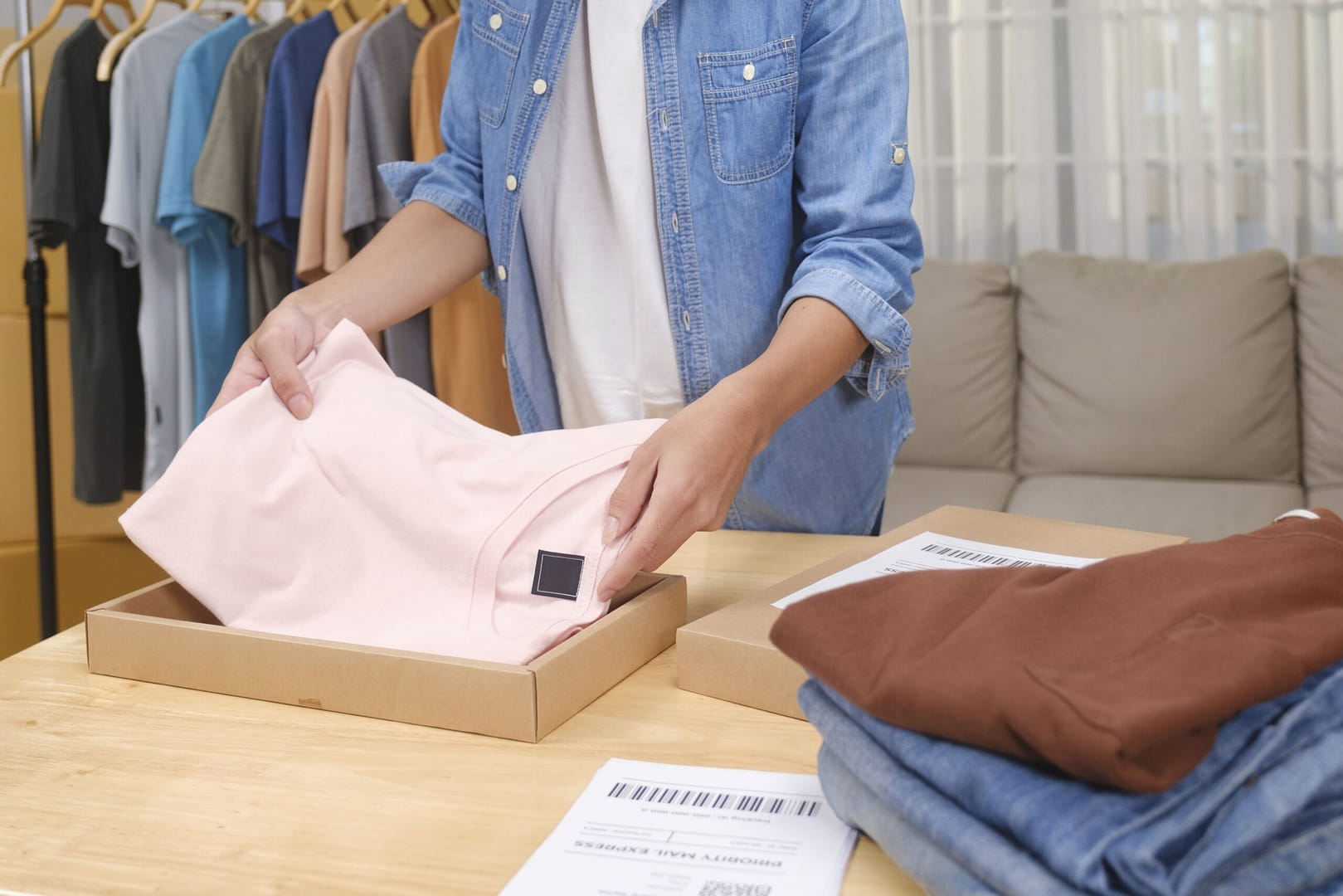
How to Launch Your Own Custom T-Shirt Line with the Right Factory Partner
If you’re thinking about launching a fashion brand—or expanding your existing apparel line—custom T-shirts are the perfect place to start. T-shirts are seasonless, universally worn, and endlessly versatile. They allow you to express your brand’s voice clearly, test customer preferences quickly, and build margin-friendly products that sell across multiple channels.
But while T-shirts seem simple on the surface, manufacturing them the right way is not as easy as it looks.
From selecting the right fabric weight to choosing a print method that won’t crack or fade, every detail matters. A poorly made tee will quickly turn into customer complaints, returns, and lost trust. And with a market flooded by low-cost, low-quality options, the real opportunity lies in creating T-shirts that feel great, fit well, and reflect your brand identity.
That’s where the right factory partner comes in.
At Valtin Apparel, we work with fashion startups, DTC brands, and clothing distributors worldwide to produce high-quality, custom T-shirts in a wide range of styles and fabrics. Whether you’re designing a basic cotton tee, an oversized streetwear piece, or a premium bamboo-modal blend, we provide the support you need—from design development to sampling, printing, and final delivery.
In this guide, I’ll walk you through everything you need to know to launch your own custom T-shirt line with confidence. We’ll cover brand positioning, fit and fabric choices, decoration methods, manufacturing steps, and how to find the right production partner that helps your business grow—not slow it down.
Step 1: Define Your Brand & Product Vision
Before choosing fabrics or printing logos, the first step in launching a successful custom T-shirt line is to get clear on your brand identity and target audience. This will shape everything—from your fit and fabric decisions to your marketing, pricing, and even your packaging.
Many first-time brand owners underestimate this step, but a well-defined vision makes sourcing, production, and selling 10x easier.
Clarify Your Brand Identity
Your T-shirts should do more than cover the body—they should communicate something.
Ask yourself:
Are you building a minimalist lifestyle brand, or something loud and expressive?
Is your brand about premium comfort, sustainability, faith, music, or movement?
Are you targeting streetwear enthusiasts, everyday casual shoppers, or niche communities?
Examples:
A streetwear brand might prioritize oversized cuts, bold graphics, and thick fabrics.
An eco-conscious brand might focus on organic cotton and neutral tones with minimal prints.
A faith-based brand (like Hidy’s “God Willing”) may focus on message-forward designs, with clean fits and meaningful quotes.
Once you know your message, every production choice becomes easier.
Understand Your Customer
T-shirts are a product that nearly everyone buys—but not everyone buys for the same reason.
To define your ideal buyer, ask:
Who are they? (age, gender, location, culture)
What do they care about? (comfort, design, sustainability, price?)
How will they wear your tee? (everyday wear, gym, events, layering?)
This will help you decide:
Whether to use lightweight or heavy fabric
Whether to keep the silhouette basic or trend-driven
Whether to price at entry level or premium tier
Define Your Sales Channel
Your go-to-market strategy will influence production specs and packaging:
| Channel | Key Considerations |
|---|---|
| eCommerce (Shopify, WooCommerce) | Emphasize fit, photo quality, and eco-packaging |
| Boutique / Wholesale | Retail-ready packaging, swing tags, barcode labels |
| Events / Pop-Ups | Limited-edition graphics, quick turnaround |
| Merchandise / Brand Collabs | License-friendly production and tight brand control |
Knowing how and where your shirts will sell helps us align on MOQ, packaging, labeling, and logistics.
Start with a Focused Lineup
As a new brand, start with a tight, focused product line:
1–2 key T-shirt silhouettes (e.g. regular fit, oversized)
1–2 fabric types (e.g. 180gsm cotton, 220gsm combed cotton)
2–3 colors maximum to control inventory
Printed or blank? Add one core design per style
Starting focused avoids overproduction and gives you a clean launch point to test customer feedback.
Step 2: Choose Your T-Shirt Styles and Fit Types
Now that your brand vision is clear, it’s time to choose the T-shirt styles and fits that will bring that vision to life. This is one of the most crucial steps—because even the best fabric and printing will fall short if the fit feels wrong on the body.
At Valtin Apparel, we offer a wide range of fit options to suit different aesthetics, audiences, and use cases. Here’s how to choose what’s right for your line.
Common T-Shirt Fits We Manufacture
Regular Fit (Standard Cut)
Classic silhouette
Straight cut from chest to hem
Ideal for daily wear, lifestyle brands, and merchandise
Works well across all age groups and unisex sizing
Oversized Fit
Wider shoulders, longer sleeves, loose body
Popular with streetwear and Gen Z brands
Allows for bold prints and layering
Pairs well with heavier-weight cottons (200–260gsm)
Slim Fit
Narrow at chest and waist
Suitable for fitness brands or tailored aesthetics
Works best with soft, stretchable cotton blends
Boxy Fit
Shorter body, wider chest, dropped shoulders
Fashion-forward and gender-neutral
Common in Korean or minimalist brands
Drop Shoulder Fit
Seams sit off the shoulder
Gives a relaxed, casual vibe
Often combined with oversized proportions
Key Design Elements to Consider
Every detail affects how your T-shirt is perceived and worn. Decide on:
Neckline: Crew neck (most common), V-neck, wide neck, mock neck
Sleeves: Standard, elbow length, rolled hem, ribbed cuff
Hemline: Straight, curved, or drop tail (back longer than front)
Seam Style: Side seams vs tubular body
Label Type: Woven neck label, printed heat transfer, or tear-away
We can guide you through each of these options based on your audience and intended price point.
Women’s, Men’s, or Unisex?
We often get this question: Should I create gender-specific fits, or go unisex?
Here’s our advice:
Unisex is efficient for launching with lower MOQs, especially with neutral colors and graphics.
Gendered fits may be better if you’re targeting a fashion-savvy or body-conscious audience (e.g. fitted tees for women).
If you go unisex, just make sure to test fit on multiple body types and offer a clear size chart.
Starter Strategy: Pick 1–2 Core Fits
For first-time launches, we recommend focusing on:
1 unisex regular fit (bread-and-butter basic)
1 oversized or boxy fit for a trend-forward SKU
Each with:1 fabric type (e.g. 220gsm combed cotton)
2–3 base colors
Optional: 1 printed or embroidered design
This gives you just enough variation to test market response, without stretching inventory risk.
Step 3: Select the Right Fabric for Your T-Shirts
Your T-shirt’s fabric is what your customers will feel first—and judge your brand by. A good fit can grab attention, but the fabric is what earns repeat purchases. It affects drape, comfort, color retention, print quality, and longevity.
At Valtin Apparel, we work closely with the largest fabric markets in China, giving you access to a huge range of cotton, blended, and sustainable T-shirt fabrics, with the flexibility to meet your budget and brand values.
Most Popular T-Shirt Fabrics
Here’s a breakdown of the most common fabric options we recommend for different brand types:
| Fabric Type | Best For | Features |
|---|---|---|
| 100% Cotton (Carded) | Basic merch or entry-level brands | Breathable, affordable, slightly rougher hand feel |
| Combed Cotton | Lifestyle and premium basics | Softer, more durable, higher color fastness |
| Cotton-Spandex Blend (95/5) | Fitted tees or active-streetwear | Soft stretch, better recovery, slightly higher cost |
| Poly-Cotton (65/35) | Budget-friendly prints or uniforms | Shrink-resistant, color-stable, slightly synthetic feel |
| Organic Cotton | Eco-conscious or sustainable brands | GOTS certified, soft touch, ethical value |
| Bamboo or Modal Blends | Premium comfort brands | Super soft, silky drape, moisture-wicking |
| Heavyweight Cotton (220–260gsm) | Streetwear, oversized fits | Structure, thickness, high perceived value |
Understanding Fabric Weight (GSM)
T-shirt fabrics are measured by grams per square meter (GSM). Higher GSM = heavier fabric.
| GSM Range | Feel | Common Use |
|---|---|---|
| 140–160 GSM | Light | Summer tees, budget merch |
| 180–200 GSM | Medium | Daily wear, most lifestyle brands |
| 220–260 GSM | Heavy | Oversized/streetwear, premium lines |
For streetwear startups, we often recommend 230gsm combed cotton—thick, soft, and perfect for high-end printing.
For faith-based or minimalist lines, 180gsm organic cotton balances eco and comfort.
Color, Shrinkage & Durability
Pre-shrunk fabrics reduce surprises after washing
Reactive dyed cotton ensures deep color and less fading
Ring-spun yarns are smoother and more durable than open-end yarns
We can provide swatches or recommend fabric based on your style + market (e.g., Australian summers = breathable cotton, US streetwear = heavy knits).
Printing Compatibility
Some fabrics hold print better than others:
| Fabric | Works Well With |
|---|---|
| 100% Cotton | Screen print, DTG, embroidery |
| Polyester blends | Sublimation, screen print |
| Heavyweight cotton | Puff print, screen, embroidery |
| Modal/Bamboo | Minimalist heat press or embroidery only |
Let us know your design and we’ll match it to the right fabric + printing method.
Step 4: Decide on Printing or Embroidery Methods
Once you’ve selected your fabric and fit, it’s time to bring your design to life—whether that’s a bold graphic across the chest, a subtle logo on the sleeve, or a full back message that defines your brand. But choosing the wrong printing or embroidery technique can result in cracking, fading, or even warped designs after washing.
At Valtin Apparel, we guide our clients through the right decoration methods based on their fabric, budget, and brand style. Here’s a full breakdown of your options and when to use each.
Common T-Shirt Printing Methods
Silk Screen Printing (Best for bulk production)
Vivid colors and great durability
Ideal for 1–4 solid colors per design
Best on 100% cotton
Economical at higher volumes (min. 50 pcs per design/color)
Direct-to-Garment (DTG) Printing (Best for detailed designs or small runs)
High-resolution, photo-realistic prints
Works well on combed cotton and white/light colors
No setup fees, ideal for testing designs
Slightly higher unit cost, less vivid on dark fabrics
Heat Transfer / DTF (Direct-to-Film)
Best for small batches, multicolor logos, or location-specific prints (sleeve, hem)
Works on almost all fabrics
Not as breathable as screen print, may peel over time
Puff Print / Rubber Print
Popular in streetwear (raised, 3D texture)
Durable and bold, especially on thick cotton
Requires precise heat & pressure, best with stable fabrics
Sublimation Print
For 100% polyester or poly blends only
Used in performance wear or full-color all-over prints
Color becomes part of the fabric (won’t fade or crack)
Embroidery Options
Embroidery adds texture, luxury, and a premium feel to your T-shirt.
Chest Logos (common for streetwear or brand identity)
Sleeve or Back Neck Embroidery (subtle but classy branding)
Large Graphic Embroidery (higher cost, for elevated lines)
Benefits:
Extremely durable
Perceived as high value
No color fading or cracking
Considerations:
Embroidery works best on heavier or double-knit fabrics (200gsm+).
It adds cost and may cause puckering on very light cotton.
How to Choose the Right Method
| Goal | Recommended Method |
|---|---|
| Budget-friendly bulk with solid logos | Screen printing |
| Intricate designs or low MOQ | DTG or DTF |
| Streetwear impact | Puff or silicone print |
| Premium minimalist | Embroidery |
| Sport or activewear | Sublimation |
We always help you test one or two printing methods during the sample phase so you can evaluate feel, stretchability, and wash durability before going into mass production.
Step 5: Choose a Factory That Supports Custom T-Shirt Manufacturing
By now, you’ve defined your brand, selected your fits, fabrics, and decoration methods—but none of that matters if your manufacturer can’t deliver the product you envisioned. In fact, many startup brands fail not because of bad design, but because of poor manufacturing partnerships: unclear communication, missed deadlines, or subpar quality.
That’s why choosing the right T-shirt factory partner is just as important as your product itself.
At Valtin Apparel, we don’t just produce garments—we help build brands. Here’s what you should look for in a factory, and how we make the process easier for clients like you.
Key Traits of a Reliable T-Shirt Manufacturer
Custom Capability
Can the factory adjust your T-shirt pattern, source specific fabrics, and support both printing and embroidery?
Many low-end factories offer only pre-stock blanks with limited flexibility.
At Valtin, every T-shirt starts from your spec or vision—not a one-size-fits-all blank.
Low Minimum Order Quantity (MOQ)
Large factories may require 1,000+ pcs per style/color—unfriendly to new brands.
Our MOQ is 200 pcs per style, spread across 4 sizes and 2 colors—perfect for startups.
Sampling Support
Before mass production, you need a sample to test fit, fabric feel, and printing accuracy.
We offer samples in 10–14 days, with expert guidance and fabric swatches if you’re unsure where to start.
Fabric and Print Access
Being based in Guangzhou, we’re close to China’s largest knit fabric and printing hubs.
This means faster sourcing, wider variety, and better pricing on cotton, modal, blends, and custom prints.
Labeling, Packaging, and Private Branding
A real brand needs more than just a good T-shirt—it needs the right labeling and packaging to match.
We offer:
Custom neck labels (woven or heat-transfer)
Hang tags, care labels, and size stickers
Individual polybags or eco-packaging
Optional: barcode, QR code, or branded mailers
Responsive Communication
One of Hidy’s biggest pain points (and many others like her) is poor communication from suppliers.
We respond fast, explain each step clearly, and provide photos or video updates during production.
Payment Transparency
We accept TT (Telegraphic Transfer) with 50% deposit, 50% before shipment—simple and secure.
All prices are quoted FOB or EXW, clearly stating what’s included (fabric, print, labels, packaging).
Why Brands Like Yours Choose Valtin Apparel
Full control over fit, fabric, and print method
Quick sampling and low MOQs
Experience with streetwear, lifestyle, faith-based, and eco brands
Located in Guangzhou, near top fabric and trim markets
One-on-one support from idea to delivery
Whether you’re launching your first T-shirt or building out your fifth season, we’re here to make sure your product arrives on time, on spec, and on brand.
Step 6: Sampling, Fit Testing, and Revisions
Now that you’ve selected your T-shirt design and factory partner, it’s time to create your first physical sample. Sampling is more than just getting a first look—it’s your chance to test fit, fabric, stitching, and print quality before committing to bulk production.
At Valtin Apparel, we treat sampling as a collaborative process. Our goal is to get your T-shirt perfect—not just “close enough.”
What We Need from You to Start Sampling
To begin sampling, simply send us:
Your T-shirt sketch or reference photo
A description of your desired fit (e.g., oversized, regular, slim)
Your preferred fabric type or weight (if you’re not sure, we can recommend)
Artwork files for print or embroidery (vector files preferred: AI, EPS, or high-res PNG)
Size spec (we can use your chart or provide a standard size M base to start)
Label/logo details if you want neck tags or branding
If you don’t have a tech pack—no problem. Most new brands just send us 2–3 photo references and we build the rest together.
Our T-Shirt Sampling Process
Here’s what happens once your design is confirmed:
Pattern Creation
We create a pattern based on your fit, body proportions, and fabric behavior
For unisex or oversized tees, we adjust shoulder slope, sleeve drop, and chest width precisely
Fabric Selection & Cutting
We match your design with the chosen fabric from our local fabric market
If printing is involved, the fabric is pre-treated as needed
Printing or Embroidery Application
We apply your logo or graphic using the selected method (screen print, DTF, embroidery, etc.)
Test print size and placement are confirmed based on mockup or your guide
Sample Sewing & Finishing
The tee is sewn using our regular production equipment
Labels, patches, and packaging (if specified) are applied
Delivery
Your sample is shipped directly to you
Turnaround: usually 10–14 days
What to Check in Your Sample
When your sample arrives, try it on or fit it on a model who reflects your customer base. Evaluate:
Fit: Does the tee hang the way you expected? How does it feel across the shoulders and chest? Is the length right?
Fabric Feel: Is the softness or structure what you envisioned? Does it match your brand level (basic vs premium)?
Print/Embroidery: Is it vibrant, centered, durable? Has it cracked, peeled, or puckered after a wash?
Labeling: Are your tags placed correctly and accurately branded?
Don’t forget to do a wash test to check for shrinkage, color fading, and print durability.
Making Revisions
Based on your feedback, we can:
Adjust the pattern (e.g., longer body, tighter sleeves, wider neck)
Swap fabric weight or type
Reposition or resize your logo
Change stitch color or label style
Sometimes, a second sample is necessary. That’s completely normal—especially when building your first-ever product.
Once you’re happy with the sample, we move on to bulk production with full size grading and final sign-off.
Step 7: Bulk Production, Quality Control, and Private Labeling
Once you’ve approved your T-shirt sample, it’s time to move into bulk production—the stage where your design comes to life at scale. This is where precision matters most: every shirt must match your sample in quality, fit, and branding. As a manufacturer, our job is to make sure nothing gets lost in translation between your final approval and what your customers receive.
At Valtin Apparel, we’ve built a lean, transparent process to handle your order from first cut to final shipment with high consistency and care.
The Bulk Production Process
Here’s what happens once your order is confirmed and your 50% deposit is received:
Fabric Procurement & Quality Check
We source your chosen fabric from verified mills
We test for GSM, shrinkage rate, colorfastness, and texture consistency
Cutting
Patterns are graded for each size
Fabric is laid, marked, and cut using industrial cutters for precision
Each panel is labeled to ensure correct assembly
Sewing & Assembly
Garments are sewn on our T-shirt production lines using reinforced stitching
Stitching type (e.g., double-needle hem, ribbed collar, flatlock seams) follows your sample
Print or Embroidery Application
Logos or graphics are applied in the specified location and size
We double-check placement, color accuracy, and durability post-treatment
Branding & Labeling
Custom neck labels, care labels, size tags, and swing tags are sewn or applied
Additional elements like woven patches, hem tags, or QR codes are added per your specs
Quality Control (QC)
Inline and final QC teams inspect every size run for:
Stitch integrity and alignment
Print sharpness and adhesion
Consistent sizing across batches
Accurate label and branding placement
Final measurements are cross-checked against your approved size spec
Folding & Packaging
Each shirt is folded neatly, packed into individual polybags or eco-friendly paper wraps
Custom packaging (with logo, barcode stickers, or inserts) is applied as needed
Cartons are packed by size ratio for efficient warehousing
Our T-Shirt QC Checklist Includes:
Correct fabric GSM and finish
Size within tolerance across all SKUs
Print is centered, vibrant, and peel-resistant
No loose threads, skipped stitches, or seam puckering
Necklines sit flat and collars maintain shape
Accurate label application and clean packaging
Lead Time & Order Size
Production Time: 28–35 days after sample approval and deposit
MOQ: 200 pcs per style (can be split across 2 colors, 4 sizes)
We offer flexibility for startups—scaling production as your brand grows.
Once QC is complete, your order is packed and ready for shipment.
Step 8: Shipping, Launch Prep, and Going to Market
With your T-shirts produced, quality-checked, and packed to spec, it’s time to move into the final stage: shipping and launch preparation. Whether you’re launching your first collection or adding tees to your current catalog, this step sets the tone for your brand’s reputation and operational flow.
At Valtin Apparel, we help clients like you manage everything from logistics to launch strategy, ensuring your goods arrive in perfect condition and on time—so you can focus on selling, not sorting out supply chain issues.
Shipping Options Based on Your Order Size
We support global delivery via trusted logistics partners. Your shipping method will depend on order size, urgency, and budget:
| Shipping Method | Timeline | Best For | Notes |
|---|---|---|---|
| Express Courier (DHL/UPS/FedEx) | 3–7 days | Samples, small runs (under 100kg) | Fastest, higher cost |
| Air Freight | 7–12 days | Mid-size orders (100–500kg) | Balance between cost and speed |
| Sea Freight (LCL/FCL) | 25–40 days | Large orders or restocks | Most economical, but requires advance planning |
We’ll help prepare:
Commercial invoices
Packing lists
Export docs
HS codes & product descriptions
If you have a freight forwarder, we can coordinate directly with them. If not, we’re happy to recommend one.
Packaging & Labeling Options
Even basic T-shirts can feel premium with thoughtful presentation. We offer:
Custom neck labels (woven or printed)
Branded hang tags with your story, care info, or QR code
Polybags or eco wrap options
Size stickers, barcode labels, or SKU tags
Retail-ready folding and carton packing
All these details help improve the unboxing experience, whether your customers are receiving their order online or stocking your line in-store.
Launch Checklist for Your T-Shirt Collection
Here’s how to make the most of your launch:
Product Photography
Use flat lays and on-model shots with clean lighting. Show key details: print close-ups, inside label, hem finishes.
Product Pages
Clear descriptions, size charts, fabric composition, and care instructions build trust and reduce returns.
Email & Social Media Teasers
Start pre-launch buzz. Show behind-the-scenes from sampling to bulk production—this builds authenticity.
Influencer Seeding or UGC Strategy
Send samples to creators, friends, or early customers in exchange for photos or reviews.
Launch Promotions
Offer limited drops, bundles (2 for X), or free shipping to drive urgency.
Inventory Planning
Track size/color sales. Prepare for restocks based on early winners.
With everything in place, you’re ready to launch your brand with confidence.
Conclusion
Launching a custom T-shirt line isn’t just about printing a logo on fabric—it’s about building a product your audience will wear, feel confident in, and come back for. From the very first sketch to final delivery, every detail matters: fit, fabric, finish, and the reliability of your factory partner.
Whether you’re starting a lifestyle brand, a message-driven label like “God Willing,” or expanding your current fashion offering, choosing the right manufacturer makes all the difference. One that helps you think through every step, not just take your order.
You don’t need to know everything about fabric, printing, or logistics. You just need a partner who does.
Let’s build something great—together.
